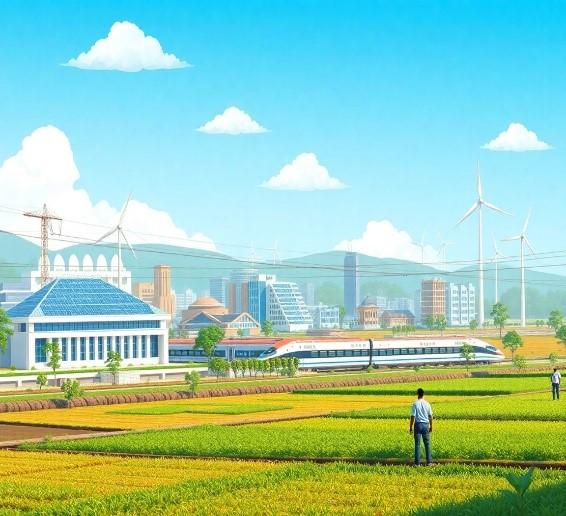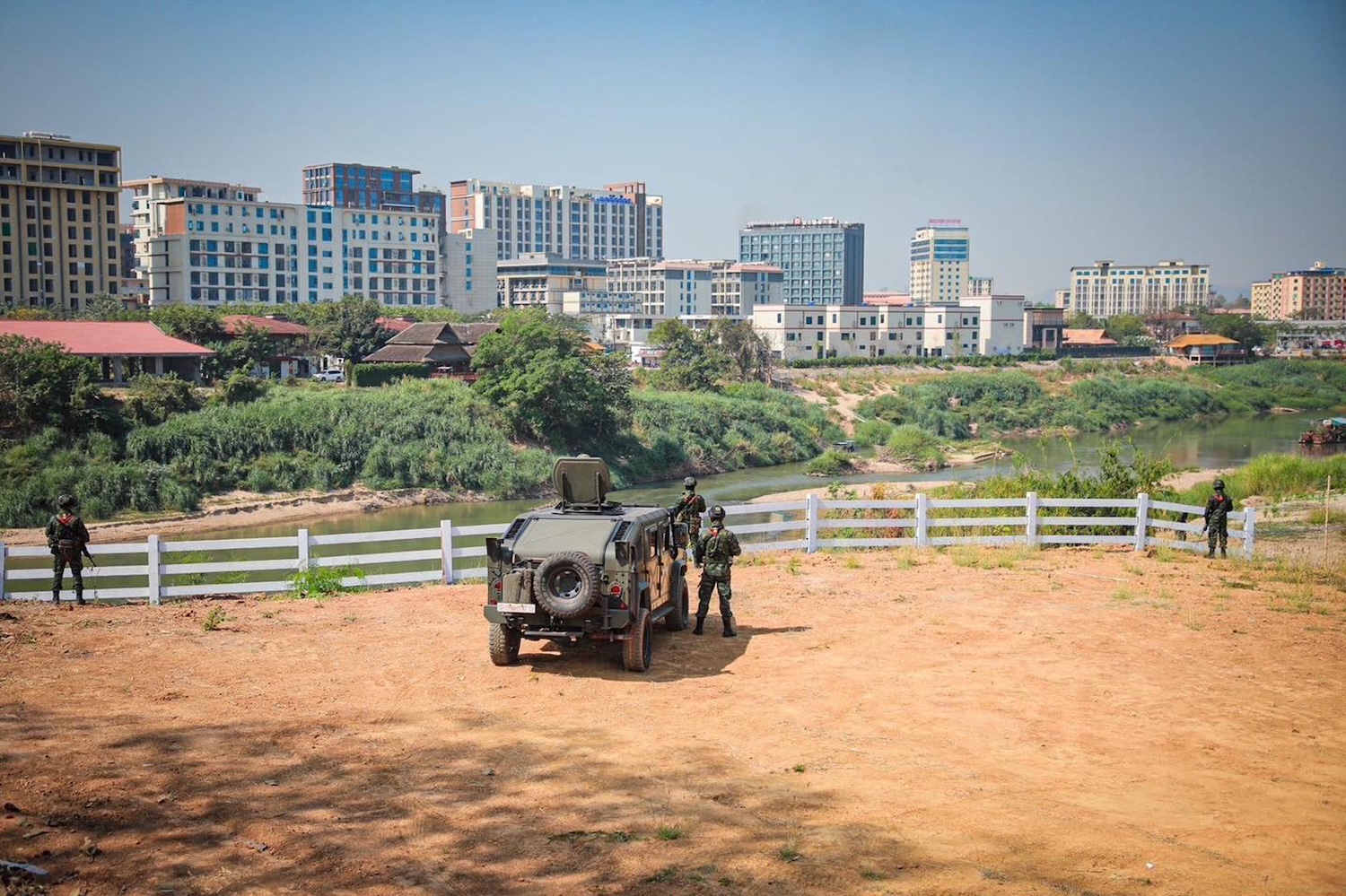Harnessing energy has been the prime motive of mankind since evolution. All the discoveries and inventions till date are the output of offshoots of the attempt to achieve this goal. One of the critical aspects of energy harnessing is its storage and timely utilization as per needs.
There are several conventional methods by which energy is being stored such as flywheels, batteries, compressed air, & pumped hydroelectricity. The latest advancements that excite energy enthusiasts are superconducting magnets, supercapacitors, photonic energy conversions and hydrogen electrolysis.
The best energy storage device that we have been able to use so far is the chemical battery. As the global Green Energy Revolution is on fast track, it becomes imperative to develop versatile, frugal, convenient & sustainable energy storage solutions.
The International Energy Agency (IEA) estimates that the renewable energy generation (RE) is expected to increase from 9006 TWh in 2024 to 17032 TWh in 2030. This variable RE generation calls for grid stability. Interestingly, one of the known drawbacks with renewable energy is the lack of storage for use in future when it's not available.
As per the Ministry of New and Renewable Energy, India aims to achieve 40% cumulative installed capacity from non-fossil fuel-based energy sources by 2030 & shall reduce the emission intensity of its GDP by 35% by 2030.
As this huge bulk of power through renewable resources merges into the grid, there will be several anticipated challenges: the generation through RE sources is variable and will impact the stability of the national electricity transmission grid. This variability is subject to the time, climate & geographical location of the chosen RE source. Apparently, the energy peak loads will shift and in turn affect the peak tariffs as well. An efficient energy storage system is the solution to all these problems.
Every energy storage system has its own limitations. Costly super magnets have a limited range of operations; likewise, supercapacitors are also costly, have low energy density, require voltage balancing circuit & power converter. Flywheels exhibit frictional losses whereas PHS are restricted to specific location and topology.
Batteries, however, have survived the race. Majority of the power plant generating, transmission & distribution units see lead acid batteries as their savior for DC back up. This has also led to monopoly of the Plante type LA battery in the Indian market. Despite being robust, these batteries have encountered problems of strap corrosion, pillar erosion, electrolyte contamination, and separator puncture.
Additionally, the acidic electrolyte and lead used in the battery also pose an environmental threat. Disposal of scrap batteries is a challenge for all industries. The lithium-ion batteries are evolving as a competitor. They are good for Indian application given hot climatic conditions. But they still face the challenge of higher cost, limited technology, raw material outsourcing & the heavier size.
Lead acid batteries are designed for recycling. As per a report by American Chemical Society, 99% of the lead acid batteries are 100% recycled. Whereas only 5% of the lithium batteries are currently being recycled. Unofficial recycling and landfills are a serious threat to the environment & public health. In India, management of battery and disposal is governed by the MoEFCC.
Collaboration is required between government and organizations to develop facilities and educate people regarding the relevance of battery recycling. Awareness on the risks of improper battery disposal through education initiatives and health campaigns; motivation for proper disposal of batteries through media campaigns, school projects and community programs should be emphasised.
If properly backed up by strict guidelines and mass awareness, lead acid batteries can prove to be the most feasible answer to the question of energy storage despite their limitations.
We have options, resources as well as policies through which we look forward to facing this challenge in the future. Development is both imperative & relative, but with vigilant efforts we can ensure the environment walks hand in hand in our journey.
(This article is written by Gunjan Patel, Participant of Executive MBA in Energy Transition, Rajiv Gandhi Institute of Petroleum Technology, Jais and Deputy General Manager, AMNS India and Sanjay Kumar Kar, Professor, Marketing & Energy, Rajiv Gandhi Institute of Petroleum Technology, Jais)
ကိုးကား- https://energy.economictimes.indiatimes.com/news/renewable/energy-storage-a-grappling-challenge-for-green-energy-revolution/118381478




